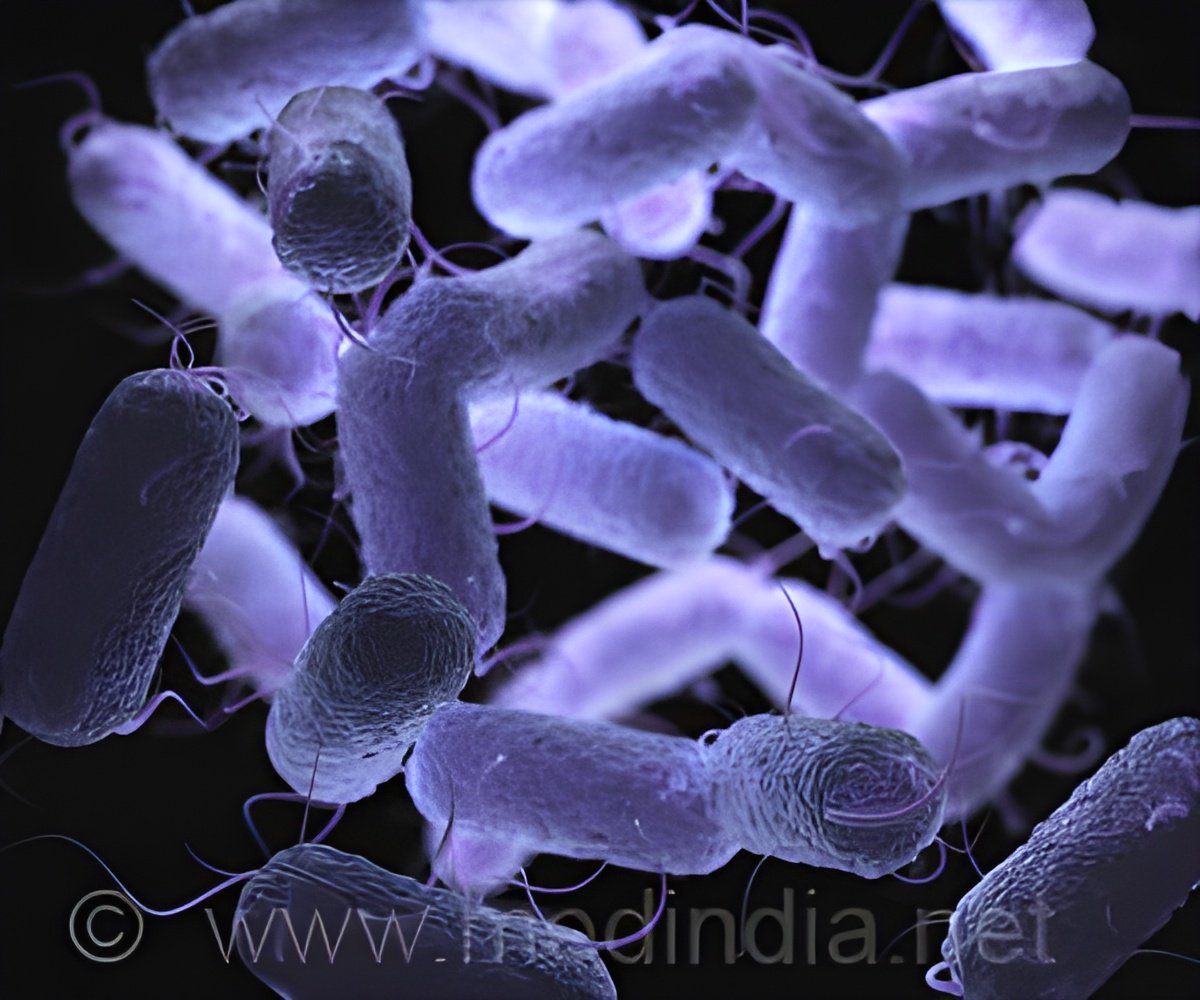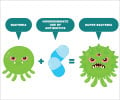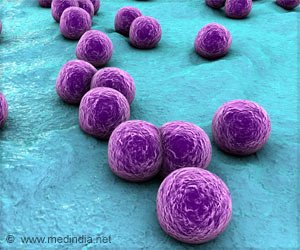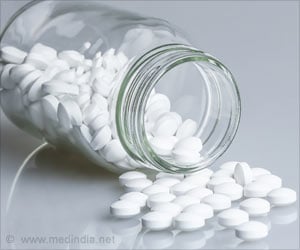Scientists have formulated a promising antibiotic candidate to confront a hospital-acquired superbug.

Activation of multiple stress responses in Staphylococcus aureus substantially lowers the minimal inhibitory concentration when combining two novel antibiotic drug candidates
Go to source) The substances may become a completely new antibiotic that kills MRSA much more effectively than when used separately and is als effective against a wide group of bacteria, according to the findings published in the Frontiers in Microbiology journal.
Expert Addresses Significance in Combatting Antimicrobial Resistance
"Antimicrobial resistance is a major problem, and being able to help solve it is really great," said lead author Amanda Holstad Singleton, a doctoral candidate at NTNU."It's one thing to develop new antibiotic candidates which, when combined, prove to be well tolerated by human cells, but developing a technology to study how the antibiotic works inside the bacterial cells is equally important," Singleton said.‘Scientists devised a blend of two novel compounds that efficiently eradicates methicillin-resistant Staphylococcus aureus (MRSA). #antibioticresistance #MRSA #antibiotics’





To analyse how the two substances worked, the team developed a method that analyses how the bacterium's signalling proteins react to the treatment. The method provides researchers with a completely new tool in the search for new antibiotic candidates. "Up to 10,000 proteins can be found inside a bacterial cell. Instead of looking at all of them, we 'fish' out the 2000 or so proteins that are signalling proteins. These proteins control much of what happens in the cells," Singleton said. The method allows researchers to see whether each of these proteins is activated or deactivated after adding the substance they want to test.
Approximately four years ago, researchers at NTNU published the bactericidal properties of a particular type of peptide. These peptides, in combination with a new compound developed may now become a completely new type of antibiotic. "Peptides are chains of amino acids, which are the building blocks of proteins. What is special about these particular peptides is that they bind to a protein in the bacteria that is absolutely essential for bacteria to be able to copy their DNA," said Professor Marit Otterlei, from the varsity.
The peptide prevents DNA copying, and thus, the bacterium dies."No other antibiotics attack this protein. That means it is a new target, and there are therefore no bacteria that are resistant to these peptides. Since this target protein is found in all bacteria, these peptides also work on multidrug-resistant bacteria," Otterlei said.
Reference:
- Activation of multiple stress responses in Staphylococcus aureus substantially lowers the minimal inhibitory concentration when combining two novel antibiotic drug candidates - (https://www.frontiersin.org/articles/10.3389/fmicb.2023.1260120/full)














